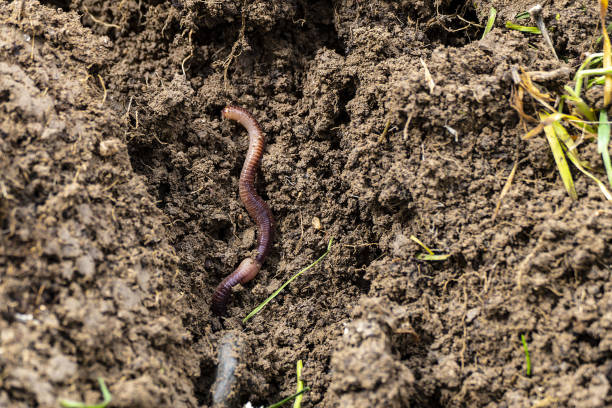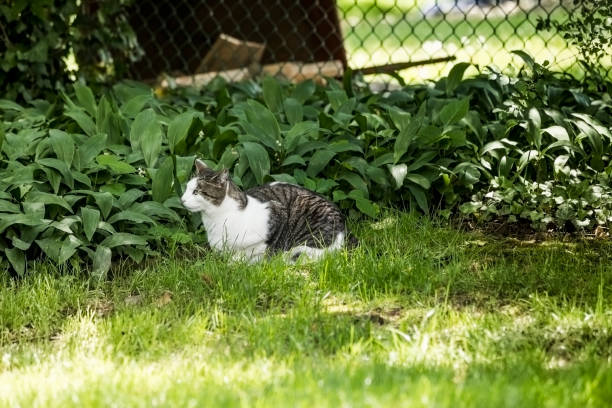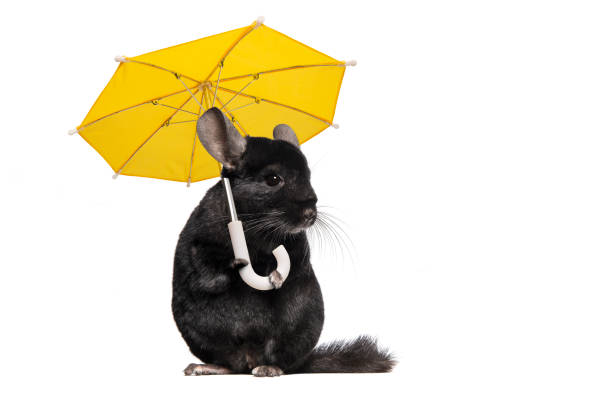Is It Illegal to Put Bear Traps in Your Yard
Bear traps have long been associated with capturing and immobilizing wild animals, often for the purpose of hunting or trapping. However, when it comes to using bear traps in your yard, it’s important to consider the legal implications, safety concerns, and ethical considerations involved. In this article, we will delve into the legality of putting bear traps in your yard, exploring the relevant laws, potential consequences, and alternative methods to address wildlife concerns.
Introduction
Introduce the topic of bear traps in yards, capturing the reader’s attention with the curiosity surrounding the legality and ethics of such actions. Highlight the importance of understanding the potential legal, safety, and ethical implications associated with bear traps.
Understanding Bear Traps
Provide a brief overview of what bear traps are, explaining that they are designed to immobilize and capture animals, including bears, by holding their limbs or body in a powerful grip. Describe the history and purpose of bear traps, emphasizing their original use in hunting and trapping scenarios.
The Legality of Bear Traps
Laws Regarding Animal Cruelty
Discuss the laws related to animal cruelty and their impact on the use of bear traps. Explain that many jurisdictions have specific legislation in place to prevent the unnecessary suffering of animals. Highlight how the use of bear traps may be viewed as cruel and inhumane in the eyes of the law.
Local Laws and Regulations
Explain that the legality of using bear traps in yards can vary depending on local laws and regulations. Discuss how different jurisdictions have their own rules regarding wildlife management and the use of traps. Encourage readers to research and understand the specific laws applicable in their area.
Potential Consequences of Setting Bear Traps
Elaborate on the potential consequences individuals may face for setting bear traps in their yards. Discuss legal penalties, fines, and potential civil liabilities resulting from injuries or harm caused to animals, pets, or humans. Emphasize the importance of considering the potential consequences before engaging in such actions.
Alternatives to Bear Traps
Highlight alternative methods that can effectively address wildlife concerns without resorting to bear traps. Present the following alternatives:
Secure Fencing
Explain how installing secure fencing around the perimeter of the yard can effectively deter bears and other wildlife from entering. Emphasize the importance of using sturdy materials and ensuring the fencing is properly maintained.
Motion-Activated Lights and Alarms
Describe how motion-activated lights and alarms can startle and deter animals from entering the yard. Explain how these devices work and their effectiveness in discouraging wildlife.
Removing Attractants
Explain the significance of removing attractants that may entice bears to venture into yards, such as unsecured trash cans, bird feeders, or pet food left outside. Provide tips on how to minimize attractants and make the yard less appealing to wildlife.
Safety Concerns and Risks
Discuss the safety concerns and risks associated with setting bear traps in residential areas. Address potential harm to pets, children, or unintended targets. Explain that bear traps can cause severe injuries or fatalities, posing a significant risk to both humans and animals.
Ethical Considerations
Delve into the ethical considerations involved in using bear traps. Discuss the moral implications of causing unnecessary suffering to animals and the responsibility individuals have to coexist peacefully with wildlife. Encourage readers to prioritize humane and ethical methods when dealing with wildlife conflicts.
Final Thoughts
Summarize the key points discussed in the article, emphasizing the importance of understanding the legality, safety concerns, and ethical considerations before considering the use of bear traps. Reinforce the alternative methods available to address wildlife concerns without resorting to trapping.
FAQs
Can I legally set bear traps to protect my property?
The legality of setting bear traps varies by jurisdiction. It’s important to research and understand the specific laws and regulations in your area to avoid legal consequences.
Are bear traps effective in deterring bears?
Bear traps are primarily designed for capturing animals and can cause harm or suffering. Alternative methods, such as secure fencing or motion-activated deterrents, are more effective and humane for bear deterrence.
What are the potential risks of setting bear traps?
Bear traps pose significant risks to both humans and animals, including pets. They can cause severe injuries or fatalities and may lead to legal consequences and civil liabilities.
Are there any ethical concerns with using bear traps?
Using bear traps raises ethical considerations, as it can cause unnecessary suffering to animals. It’s important to prioritize humane and ethical methods when dealing with wildlife conflicts.
What are the alternative methods to address wildlife concerns?
Secure fencing, motion-activated lights and alarms, and removing attractants are effective alternatives to bear traps for addressing wildlife concerns in residential areas.







